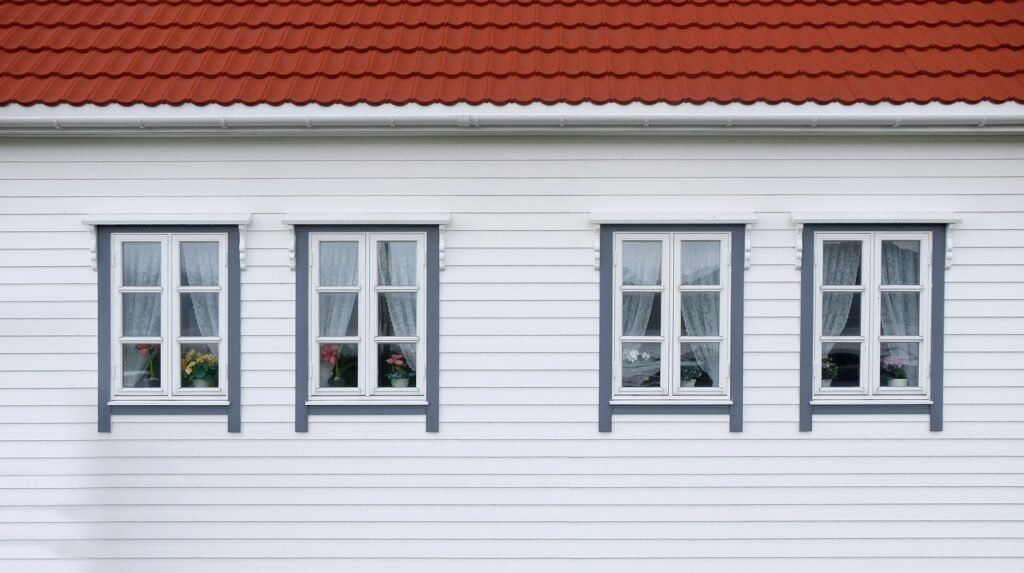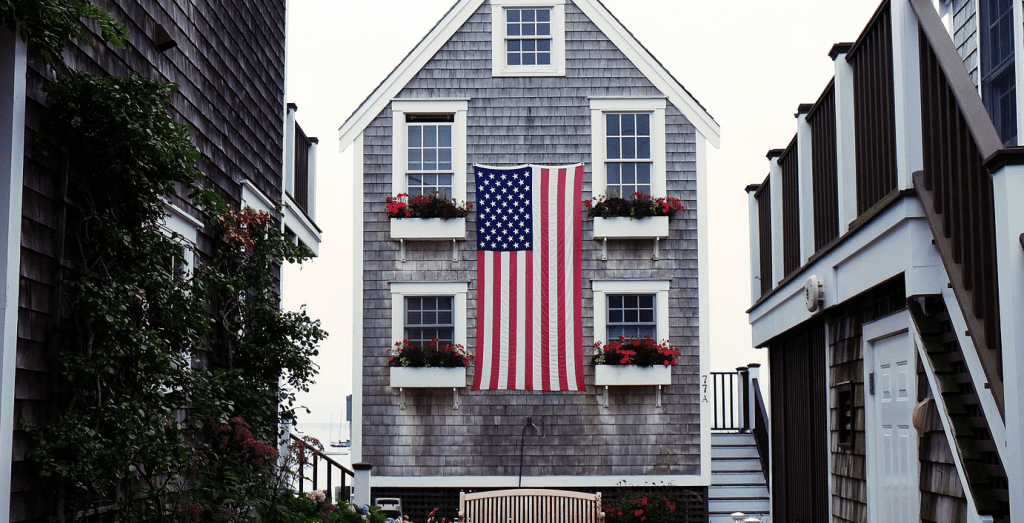What are the Differences Between Single Hung and Double Hung Windows?
Published on Monday April 8, 2019
A common misconception shared by many homeowners is that single and double hung windows are the same as single and double pane windows.
Single- and double-pane refer to how many layers of glass there are in each sash of a window. A single-pane window only has one layer of glass in each sash while double-pane windows are composed of two layers of glass with an additional layer of gas in-between to add insulation.
Single and double hung windows describe how each sash moves. In single hung windows, only the bottom sash can move up and down. Double hung windows, on the other hand, are designed built for each sash, both the upper and lower sash, to move up and down and even tilt in and out.
What is the difference between single hung and double hung windows?
Single hung windows

If you’re in the market for new windows, you most likely have single hung windows in your home currently. For years, single hung windows have been the standard window type used in both commercial and residential buildings, from apartment complexes to new homes to offices spaces.
Pros
- Inexpensive – Since they have a simpler design, single hung windows are often far cheaper than their double hung counterparts. Homeowners that need to buy several windows at a time will often go for single hung to try and save on window replacement costs.
- Fit the look – Many older homes were designed with single hung windows in mind, so homeowners often opt for the single hung option to keep curb appeal consistent. Going with single hung windows can preserve some of the home’s authenticity while allowing homeowners to update their windows. Single hung windows also blend right in with craftsman style homes or other uniquely styled homes.
Cons
- Less energy efficient – Single hung windows do not offer the same level of sealing as double hung windows, so they’re not a very energy-efficient option. While you may save some money on the initial costs when opting for single hung windows, your energy bills could take a hit down the road.
- Limited mobility – Compared to double hung windows, single hung windows definitely lose out when it comes to mobility. Since only the bottom sash opens on single hung windows, it can be nearly impossible to clean the outside of your window from the inside of your home, which makes window cleaning difficult for anyone above the first floor.
- Less ventilation – As only the bottom sash opens in single hung windows, they’re not as effective as double hung windows when it comes to ventilation. If you require better ventilation in a particular room, such as a bathroom, single hung windows are probably not the best option.
Verdict
If upfront costs and your home’s historic aesthetic are your main priorities when evaluating replacement windows, then single hung windows are great options for you. However, if you’re looking for more energy efficiency and want to take the time and hassle out of window cleaning, you’re better off looking into double hung windows.
Read: What is the best window material? 3 factors to consider
Double hung windows

Over the past few years, double hung windows have grown in popularity, quickly overtaking single hung as the most common type of window due to their energy efficiency, traditional styling and versatility.
Pros
- Energy efficient – Double hung windows offer top-notch sealing, making them one of the best styles of windows when it comes to energy efficiency. Many double hung windows are also doubled-paned, adding layers of insulation that will help keep the cold out in the winter and the heat out in the summer.
- Greater mobility – A key selling feature of double hung windows is the mobility that they offer. Both top and bottom sashes can independently move up and down and tilt in and out, making window cleaning a breeze. Whether you’re on the second, third or sixth floor, you’ll be able to clean the outside of your windows from inside the comfort of your home. Plus, double hung windows allow you to open the top sash, which provides greater safety if you have kids or pets running around your home.
- Visually appealing – From a distance, double hung windows often look just like the traditional single hung. Since they fit the classic window style, swapping in double hung windows won’t ruin the look of your home — they may even enhance it.
- Better ventilation – Since both sashes can open at the same time, you’re able to maximize airflow through your windows. The mobility of both sashes in double hung windows allows for greater ventilation, which is a great benefit for rooms where moisture can become problematic.
Cons
- Expensive – The main reason why most people don’t opt for double hung windows is the price. Double hung windows are often more expensive, a factor that can add up quickly when you’re in need of a whole-home window replacement.
Verdict
If you’re willing to make the investment to reap the rewards of versatility, energy efficiency and safety, double hung windows are the right choice for you.
In the market for double hung replacement windows?
We offer top-quality double hung windows because we believe that our customers deserve nothing less than the best product available. Contact us online to speak to one of our product specialists about what our windows can do for you.
Interested in Long Home Products?
See our special offers now.








